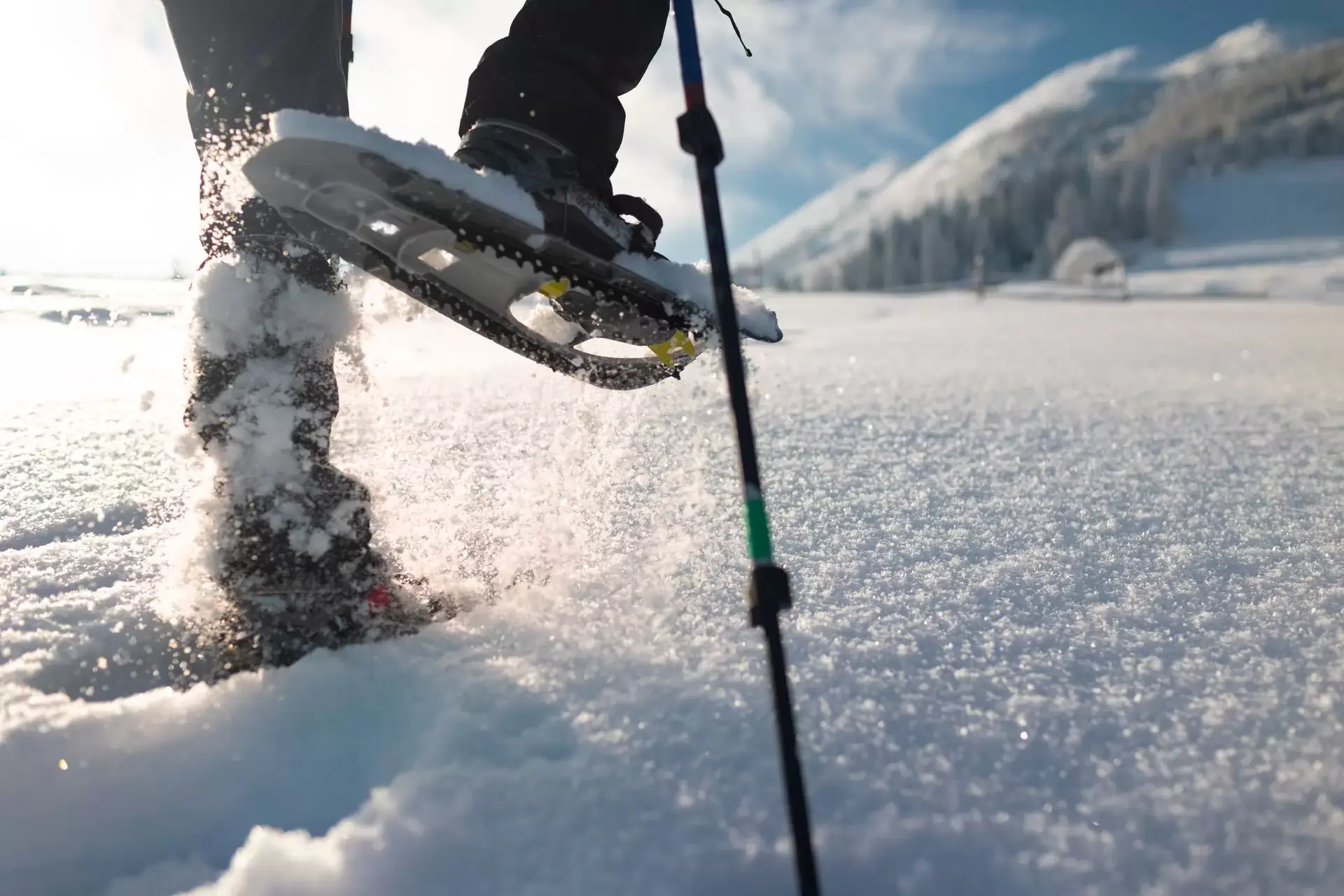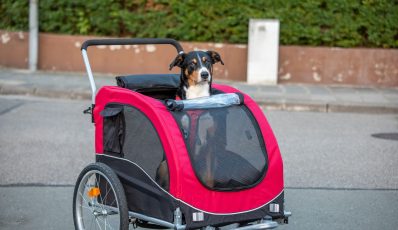Hiking through the woods in winter is one of the best ways to get away from the hustle and bustle of everyday life. With snowshoes, you can enjoy this time even more. Take a look at some things to consider when purchasing your own pair. If you've been thinking about taking up winter hiking but haven't done it yet, now is the best time to try!

Hiking through the woods in winter is one of the best ways to get away from the hustle and bustle of everyday life. With snowshoes, you can enjoy this time even more. Take a look at some things to consider when purchasing your own pair. If you’ve been thinking about taking up winter hiking but haven’t done it yet, now is the best time to try!
- Snowshoes can help you hike in winter conditions
- You don’t have to be a world-class athlete to use snowshoes
- Non-skiers can still enjoy winter sports such as snowshoeing
- You should wear waterproof, insulated clothing to stay safe on the trail
- Lightweight hiking boots are the best choice for snowshoeing
- A lightweight backpack is all you need for a day on the trail
- Time to play with snowshoes
Snowshoes can help you hike in winter conditions
Snowshoes help you walk on snow, which can be a challenge if your boots are already covered in snow. If you’re hiking up a steep hill or through deep snow, they’ll take some of the weight off your legs so they don’t tire as quickly. You can experience all this without needing any specialized equipment or training. Backcountry snowshoeing is a great way to enjoy solitude and natural beauty.
You don’t have to be a world-class athlete to use snowshoes
If you’re a beginner, snowshoes are an easy way to start hiking. They’re lightweight and easy to use, even for people with back problems or knee problems. Snowshoeing can also be a great way for anyone who wants to get outside but doesn’t want the exertion of walking on flat ground or trails—it’s less strenuous than walking up steep inclines and hills, so it works well if you have physical limitations that prevent running after animals or chasing after children! In addition to being accessible at any age level, including children.
If you’re planning on doing some light mountaineering in the snow and need a pair of snow shoes to get you to the top, we’ve got a great option for you. These ultra-light aluminium snow shoes are equipped with crampons at the front and back for extra grip, and can carry a weight of up to 115 kg. The award-winning binding is easy to use and very safe – plus it’s adjustable so they’ll fit both feet perfectly. In addition to this, they’re also extremely durable thanks to their frost-proof material and low maintenance design.
Non-skiers can still enjoy winter sports such as snowshoeing
- If you’re not a skier, snowshoeing is the perfect winter activity for you.
- It’s fun and easy to learn how to snowshoe.
- You don’t have to be an athlete or be athletic in order to enjoy this sport.
- Snowshoeing is good for your health as well as exercise!
You should wear waterproof, insulated clothing to stay safe on the trail
If you have decided to go hiking in the snow, don’t forget to bring along the necessary gear. You should wear waterproof, insulated clothing and a hat with a hood. It is also recommended that you wear gloves, gaiters or leggings with boots. Don’t forget to keep your hands and feet warm—and if you’re going on an expedition where temperatures are sure to dip below zero degrees Celsius, make sure that pack includes sunscreen for protection from UV rays as well as sunglasses for eye protection during sunny days!
Lightweight hiking boots are the best choice for snowshoeing
If you’re looking for the best hiking boots for snowshoeing, look no further than lightweight boots. These specialized footwear are designed to be comfortable, breathable and waterproof. They also allow you to move around in your shoes more freely than other designs that are heavier or have lacing systems that restrict movement. The best part? Lightweight hiking boots tend to be more expensive than regular hiking boots—but they’re worth every penny!
If you plan on taking your snowshoes on long hikes over rough terrain (like mountain tops), look for something made from Gore-Tex® material or something similar, so there won’t be any water seeping into the shoes through their seams during those long treks up mountainsides where most people go only once or twice a year if at all.
A lightweight backpack is all you need for a day on the trail
If you’re new to hiking, the prospect of walking in snowshoes may seem daunting. You might think you need a lot of gear and supplies to get started, but this is not the case. A lightweight backpack with a couple of essentials is all you really need for a day on the trail.
For example, if you are planning on hiking for more than 3 hours per day or going more than 8 km from your car, then yes—you should carry water in your pack (or bring along some kind of hydration system).
Time to play with snowshoes
Snowshoeing is one of the best ways to enjoy winter. It’s a great way for beginners to get into backcountry hiking, and it’s also a fun activity for experienced hikers looking for something different. With the right gear and some basic training, you can start exploring your local trails with snowshoes in just a few hours!









Share